10 Tips on How to Child-Proof Your Home
Young children find their homes a familiar place of comfort, but in reality, certain items or areas around the house can also pose a risk to their safety. In fact, each year, more than a third of children’s traumatic injuries and deaths happen inside the home. And as parents, it’s our responsibility to prevent these avoidable situations and mishaps– starting with child-proofing our homes EFFECTIVELY.
Child-proofing a house can be difficult to do, at times, as children change so rapidly, and so do the risk factors. But, with a little guidance and constant supervision, you can keep your child safe from serious dangers, especially in today’s world when most of us are home ALL THE TIME.
To help you out, here are ten easy tips on how you can effectively child-proof your home:
Test all smoke detectors
Make your home as safe as it can possibly be for everyone inside it. Install smoke and carbon monoxide detectors on each floor of your house (yes, including the basement!). Ensure that these devices are both electrical and battery-powered, and keep track of when you need to check and replace the batteries. It’s also a good idea to keep a fire extinguisher handy in the kitchen and basement areas.
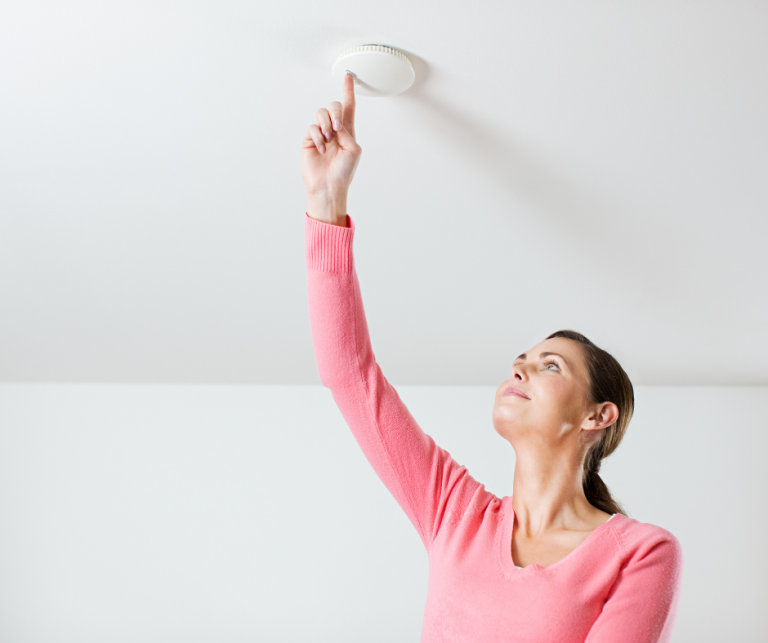
Check your air quality
Sometimes, even when we can’t smell it, the air quality inside our home can grow poor. And though dust and other allergens may not bother you, they can aggravate a younger person’s health, and it may lead to asthma or developed allergies. To avoid this compromising situation, have your ductwork cleaned regularly.

Mind your house pets
Did you know that some pets (turtles and amphibians, to name a few) can be carriers of salmonella? Even cute furbabies like cats and dogs could be hazards if we don’t mind them enough. To spare your toddler’s exploring hands from danger, keep pet food dishes covered and clean at all times, as they harbor bacteria, even when empty. Alternatively, you can keep them out of reach or in a room that your kids can’t access. Flea treatment medications can also move through your furbabies’ coats onto furniture and humans, so make sure to give your pet the treatment at night when your toddler’s gone down for the evening, so the medication has time to dry thoroughly.
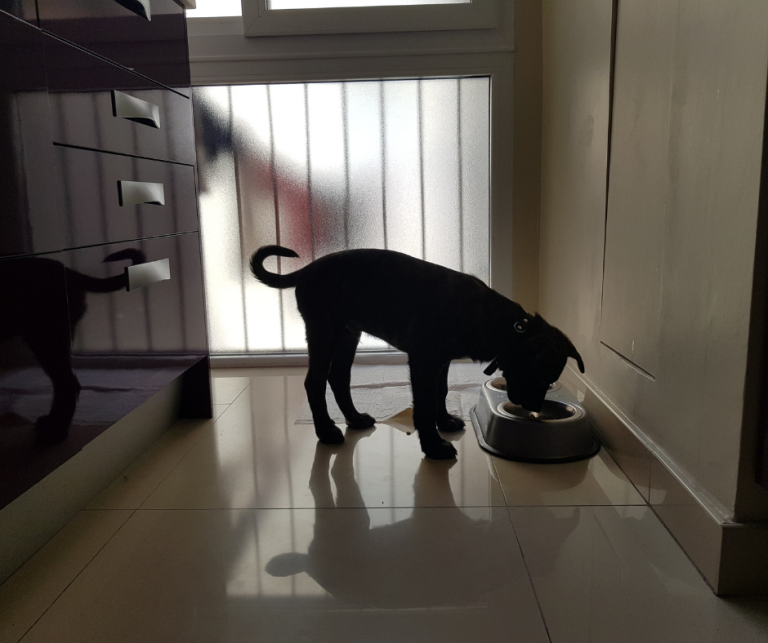
Secure the windows
Yes, windows and toddlers don’t mix, and it’s not a surprise to hear stories of children inadvertently pushing against screens to disastrous results. Avoid this unfortunate situation by keeping climbable furniture away from windows, so kids won’t be tempted to explore. Purchase metal window guards for your windows or products designed to allow windows to open only a crack. Be mindful of cords on vertical and horizontal blinds, as well, as these can be choking and strangulation hazards.
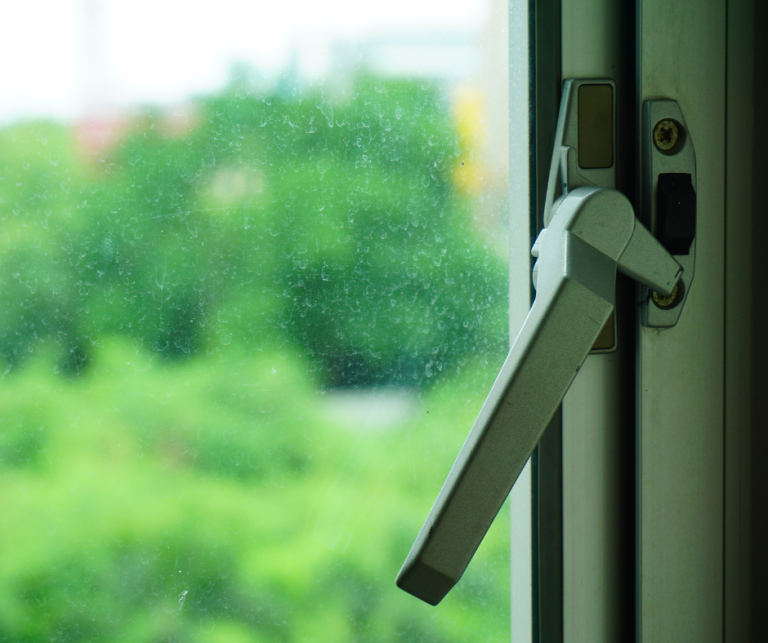
Choose your plants
Plants are, indeed, refreshing addition to your household. However, most people aren’t aware that some plants are poisonous, others need potting extras (gravel, mulch) that could make a child sick if eaten, and many of the best decorations (marbles, rocks) are choking hazards. So, to keep things running smoothly around the house, it may be best to wait ’til your toddler is old enough to be responsible for watering them.

Lock your lids
If you’ve completed your newbie parent training, you already know that anything with a lid can be a hazard to toddlers and young children. Think toilets, toy trunks, blanket boxes, garbage cans, etc.– lids can be heavy and break or bruise little fingers when they close shut. Latch close all lids with equipment impervious to kids or make them slow to drop (many styles of toilet seats, for example, have a slowing mechanism) so they don’t slam and pose a threat to baby fingers.
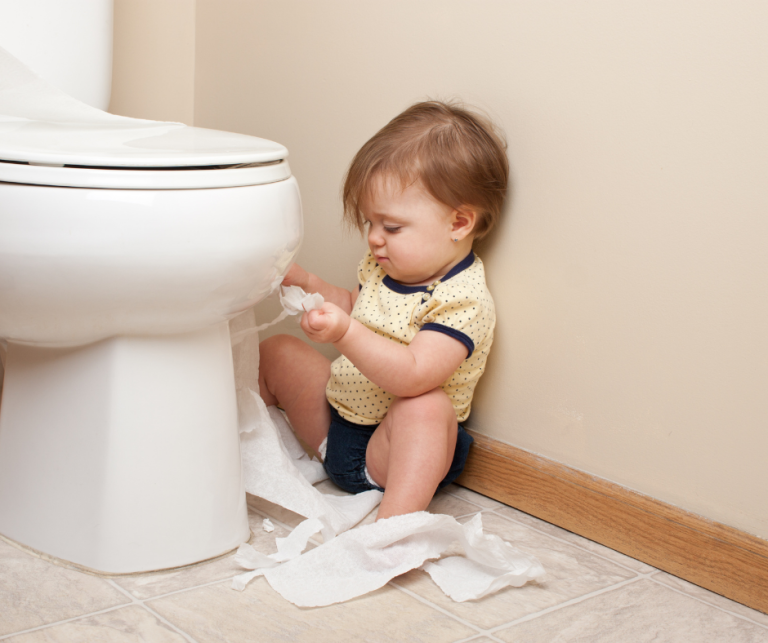
Always check your water
Yes, tap water can get hot enough to cause burns. Set your hot water tank to a child-friendly temperature and consider purchasing anti-scald devices for faucets and showerheads. These tools work by shutting off the water when the heat exceeds a pre-set maximum.

Be on the lookout for falling furniture
Big, sturdy furniture pieces are fine left alone, but not when there’s a curious, crawling child on the loose! Invest in brackets to anchor bookcases, shelving, and armoires to walls. TVs can also be a particular concern as most models weigh a lot and cause fractures and concussions if they fall onto your kids. Make sure these appliances and furniture are secured with straps if not wall mounted.
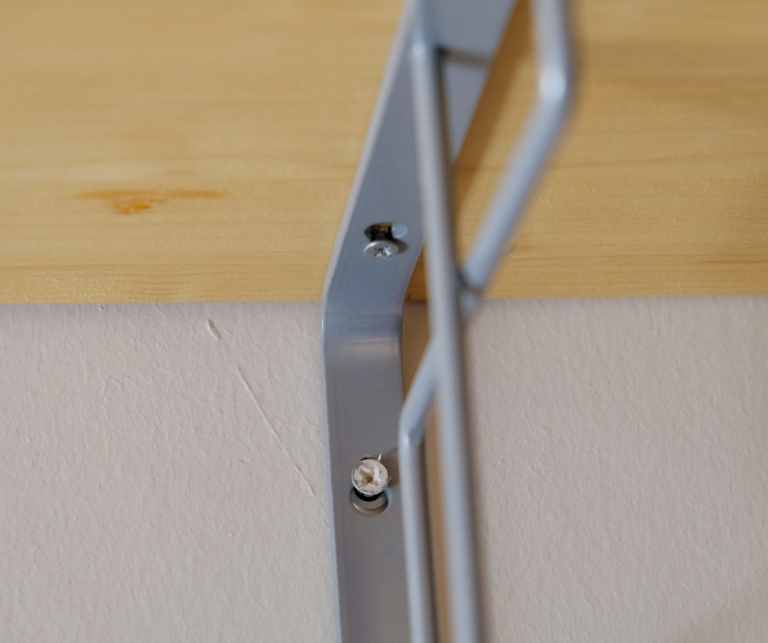
Keep your shoes outside
Maintain a no-shoes rule inside your home. It’s impossible to count the number or nature of germs and bacteria you can track through your home on your shoes. And even if you have older kids (that don’t crawl anymore), the fact that most of them follow the “Five-Second Rule” makes outdoor shoes in the house a recipe for disaster (think tummy upsets and infections!). Also, lead from the soil outside can be tracked into your home on your shoes, so it’s better not to take a chance!
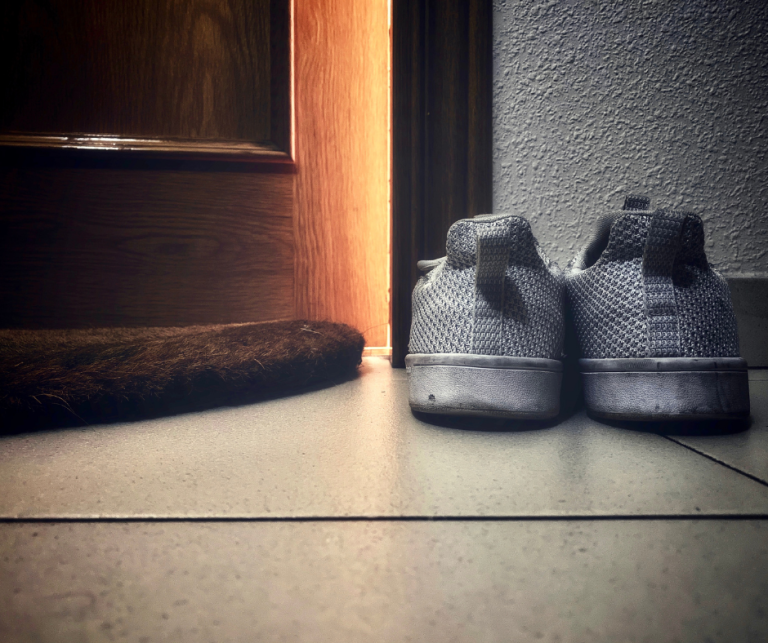
Seek for a second opinion
Have you done everything above and beyond to keep your home safe? You may want to hire a professional to inspect the place from a child’s vantage point and offer solutions to specific problems they find. For a minimal fee, these professionals will be able to give you a survey of your space and list all the problem areas and solutions. They also sell common safety items that can help further child-proof your home.





